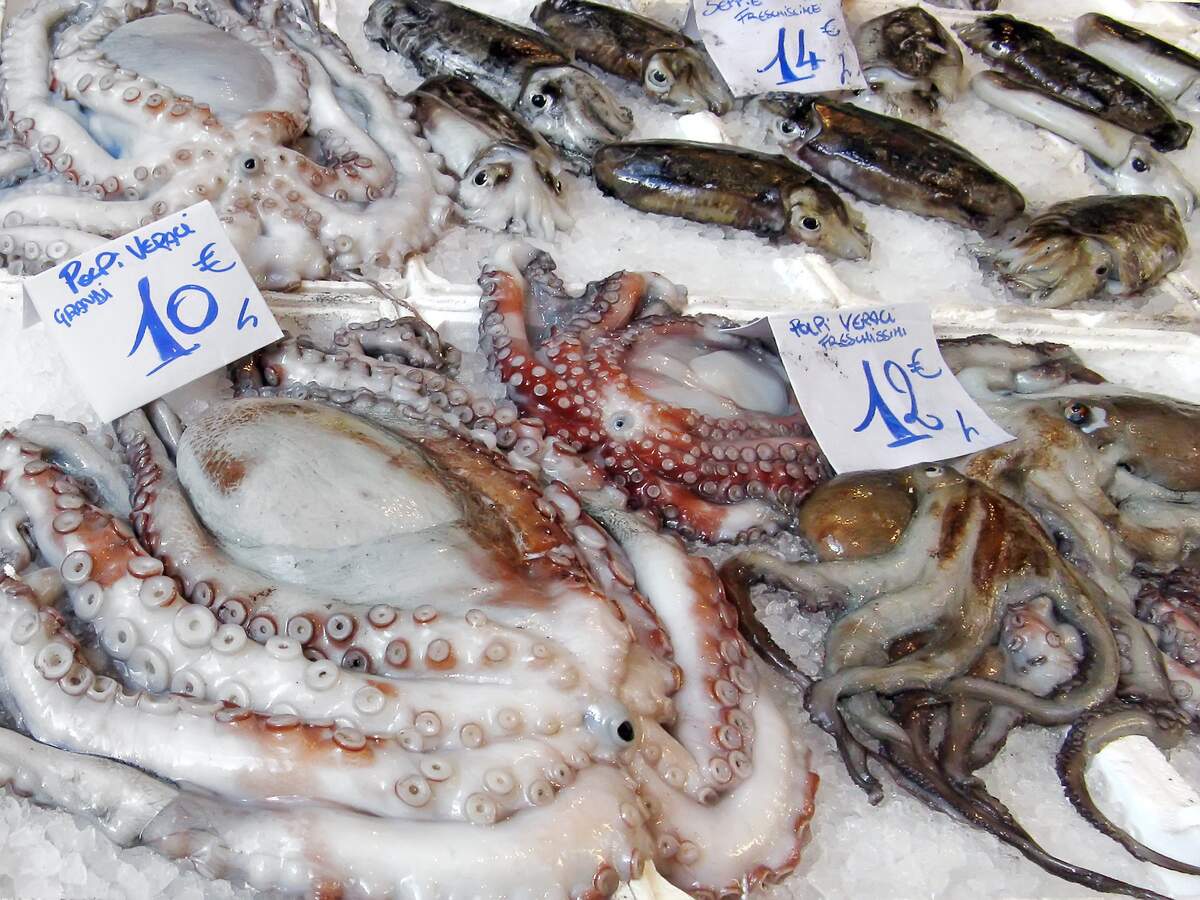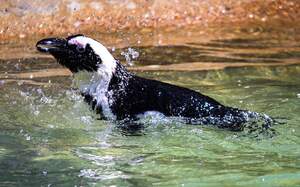

Squid and Cuttlefish Day
Also known as
Squidturday
Squittle Day
Observed
annually on October 10th
Dates
Founded by
Member of
Sibling Events
Hashtags
Sources
https://laughingsquid.com/international-cephalopod-awareness-days/
https://oceanconservancy.org/blog/2017/04/07/how-to-tell-the-difference-between-squid-and-cuttlefish/
https://oneworldoneocean.com/blog/cephalopod-awareness-days-october-8-12/
https://tonmo.com/threads/international-ceph-day.7405/
https://www.nationalgeographic.com/animals/invertebrates/facts/cuttlefish
https://www.nationalgeographic.com/animals/invertebrates/facts/squids
Squid and Cuttlefish Day—which also goes by Squittle Day and Squidturday—celebrates squid and cuttlefish. It is part of Cephalopod Awareness Days, which sprang from a forum on the TONMO, The Octopus News Magazine Online.
Squid and cuttlefish have a number of similarities. They are invertebrates with eight short arms and two long tentacles. Both are cephalopods, types of mollusks—along with the nautilus and octopus—that do not have hard shells. They both have a body cavity called a mantle that covers their organs. They both use jet propulsion to move, and both have a beak.
There are over 300 species of squid, which are in the Teuthida order. They live in every ocean, alone or in schools. They range in size: The giant squid may grow as long as 59 feet, while the pygmy squid is about the size of a pinky fingernail. They have a sleek, torpedo-like body, and are much quicker than cuttlefish. They use jet propulsion to move: They fill their mantle with water from small openings in their head, then shoot it out a funnel called a siphon, which they can move to change the direction they want to go. Squids have a pen, a flexible, feather-like structure, and a type of internal shell that supports the mantle and allows it to keep its shape.
Squid eat crustaceans, other squid, and fish. The suckers at the end of their tentacles help them grab prey. Their arms also have suckers, which assist them in holding prey as they eat. Squids are threatened by overfishing. They are eaten by humans (in the form of calamari), and also by sperm whales, seals, sharks, and fish. They are rather intelligent, able to change their color or make themselves invisible to avoid danger, and may also squirt ink clouds to confuse predators. Still, they only live for about a year and die after mating.
There are more than 120 species of cuttlefish, which are in the order of Sepiida. They are found in oceans all over the world, usually living solitary lives. Most live in shallow water, but they may be found in water up to 3,000 feet deep. They have a broad and stout body and a broad internal shell called a cuttlebone, which helps them stay buoyant; they can control their buoyancy by bringing different amounts of water and gas inside them through little holes. Their mantle is surrounded by a fin that flaps in a ripple-like fashion, helping them to maneuver. They have pupils that look similar to the letter 'W,' which allows them to see almost entirely behind them. This contrasts with squid, which have round pupils.
The cuttlefish diet consists of fish, prawns, crabs, smaller cuttlefish, and shrimp. They can unleash toxins from their tentacles onto their prey. Dolphins, sharks, large fish, and other cuttlefish threaten them. They evade predators by camouflaging themselves. They can change colors, patterns, and texture and may use ink to distract and even create a body double. They are relatively intelligent, having a strong memory and a larger brain than most other invertebrates. They die after reproducing, usually at about the age of one or two.
How to Observe Squid and Cuttlefish Day
- View some squid and cuttlefish at a zoo, at an aquarium, or in the wild.
- Watch a documentary such as Colossal Squid or Kings of Camouflage.
- Make plans to attend the next TONMOCON.
- Support an organization that is protecting the oceans.
- Learn about different types of squid and cuttlefish.
- Read a book about squid or cuttlefish such as Octopus, Squid, and Cuttlefish: A Visual, Scientific Guide to the Oceans' Most Advanced Invertebrates.





















